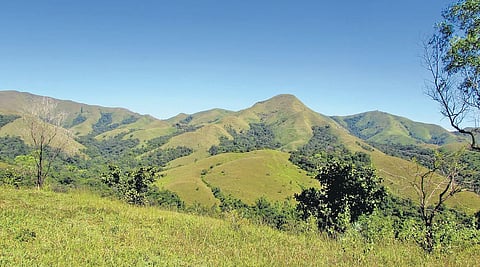

The Western Ghats are second only to the Eastern Himalaya as a treasure trove of biological diversity in India. It stretches to a length of 1,490 km from Tapi Valley in the north to Kanniyakumari in the south, with an area of approximately 1,29,037 square kilometres.
However, this hill chain of the Western Ghats that evolved and sustained over centuries is in peril today due to human pressure and plundering in the form of mining and quarrying.
The deadliest Wayanad landslides, which claimed over 300 lives so far, is a stark reminder of the inaction of Western Ghats states: Gujarat, Maharashtra, Goa, Karnataka, Tamil Nadu and Kerala, in giving adequate protection and declaring the Ecologically Sensitive Areas (ESA), a proposal that is gathering dust for 13 years now.
The states have clearly prioritised ‘unscientific and unregulated’ development over ecological protection without a proper risk assessment.
Today Wayanad, tomorrow Nilgiris
Experts say today it’s Wayanad and tomorrow it can be another hill station, like Ooty or Coonoor in Nilgiris in Tamil Nadu, which are equally built upon heavily, considering the climate extremes.
The Nilgiris district in the Western Ghats is one of the severe to high landslide hazard areas in India. The years 1902, 1978, 1979, 1993, 2001, 2006 and 2009 are notable years for landslides in the history of the Nilgiris district.
Will states agree on ESA?
All hope is not lost. After dilly-dallying for 13 years on the declaration of ESA for Western Ghats due to resistance from states like Kerala, Karnataka and Goa, the Union government issued the sixth draft notification just days after the Wayanad landslide tragedy, putting onus on states to reach a consensus.
The latest and final notification issued on July 31 was made public recently.
Interestingly, for the first time, the notification says the ESA would be notified in a phased manner, either state-wise or through a combination of single notifications on or after expiry of a period of 60 days.
This means the ESA can be notified in individual states without waiting for all six states to agree. Will this happen? Only time will tell.
